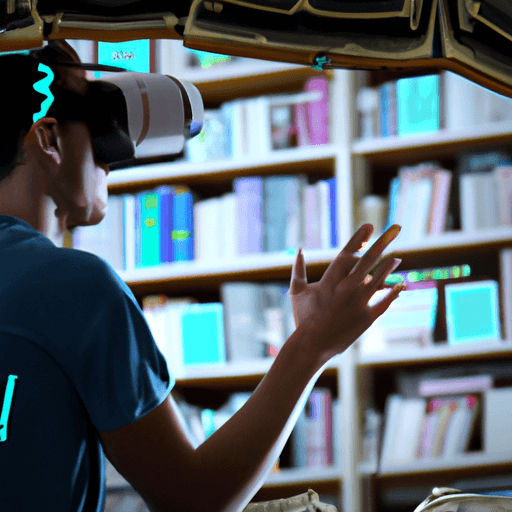The Role of Virtual Reality in Modern Education
The world of education is undergoing a significant transformation due to emerging technologies, of which Virtual Reality (VR) stands out prominently. VR comes with an array of innovative features that are radically reforming teaching methods and enhancing learning experiences. This article explores the function, potential, and limitations of VR in the modern educational landscape.
Enhancing Teaching and Learning through Virtual Reality
At its core, VR has the ability to transport students into a wholly interactive 3D world. This can create a more engaging and immersive learning environment compared to traditional methods. In essence, VR makes learning more practical and experiential, moving away from the passive absorption of information to direct and interactive engagement with academic content.
Key Areas Influenced by VR
The influence of VR is widespread across various academic disciplines. In the field of medicine, for instance, VR simulations allow students to practice surgical techniques in a risk-free virtual environment.
Similarly, VR is increasingly integrated into architecture and design courses, enabling students to visualize and interact with their designs in a virtual space. Moreover, VR's ability to simulate historical events and environments makes it a valuable tool in teaching history and cultural studies.
Potential Drawbacks and Barriers
Despite its benefits, the adoption of VR in educational settings is not without its challenges. High costs associated with VR equipment can act as a deterrent, especially for institutions operating on tight budgets. Next, some educators express concerns about students spending too much time in the virtual world thereby potentially hindering social interaction and teamwork. Lastly, not all subjects lend themselves well to VR presentations, hence versatility remains a concern.
The Future of VR in Education
Visualizing the future of education with VR, there are several exciting prospects. As technology improves, we may see more cost-effective VR solutions, enabling their wider use. Additionally, the integration of AI could provide personalized learning paths within VR, catering to the unique needs of each student.
Conclusion: A Game-Changer for Pedagogy?
Is VR a game-changer for pedagogy? It certainly appears to be. By transforming passive learners into active participants, VR empowers students to take charge of their education. However, it should not be seen as a replacement for traditional teaching methods. Instead, it is an augmentative tool, one that complements existing practices with immersive and interactive experiences. With continued investment and research, VR could become a standard tool in classrooms, bringing education into a new era.


















Comments
Leave a Comment